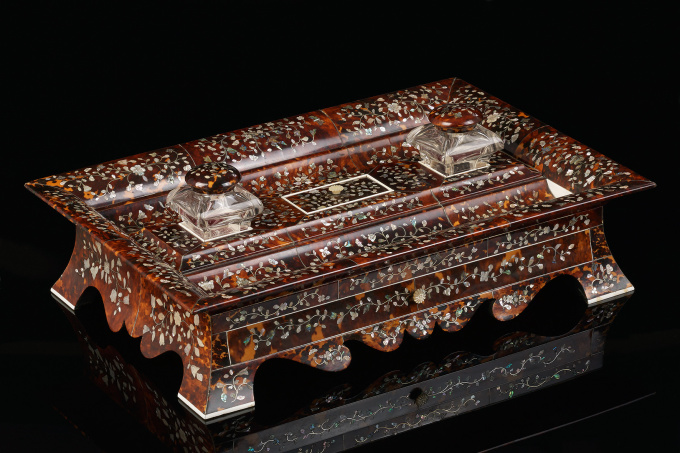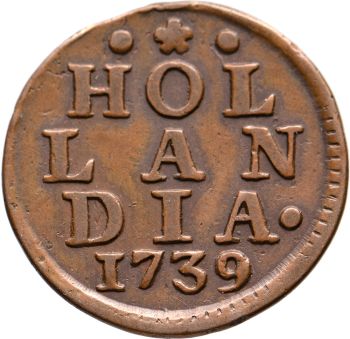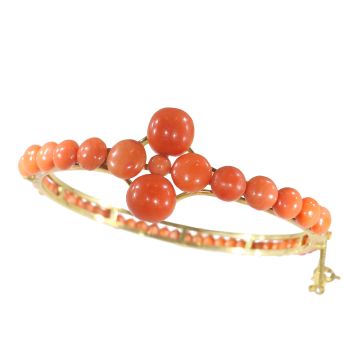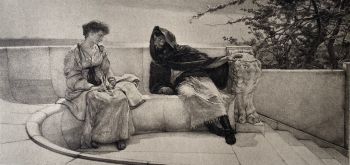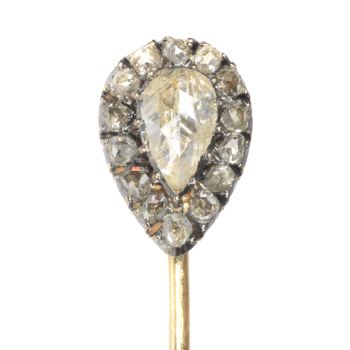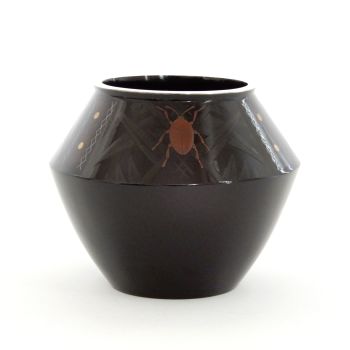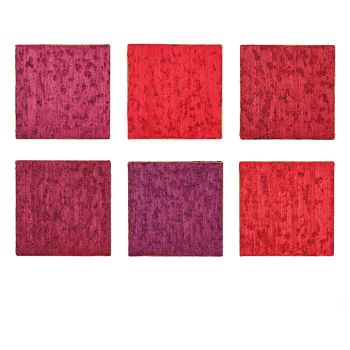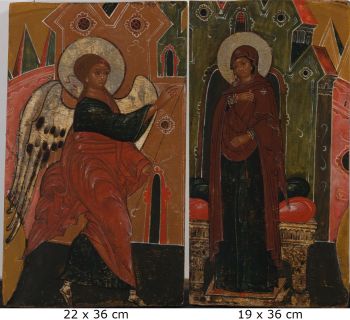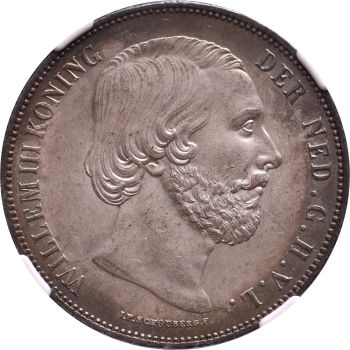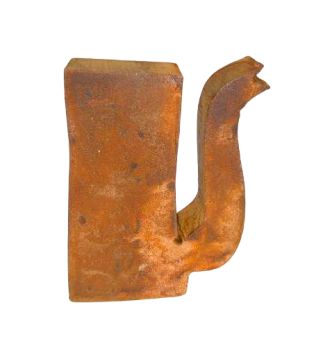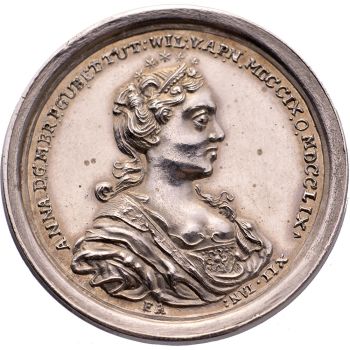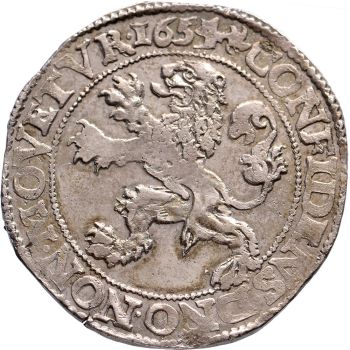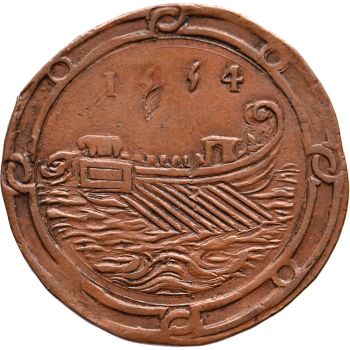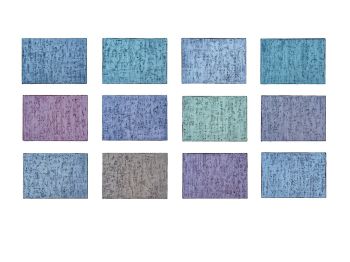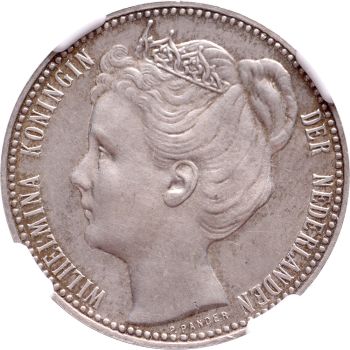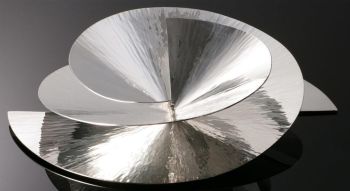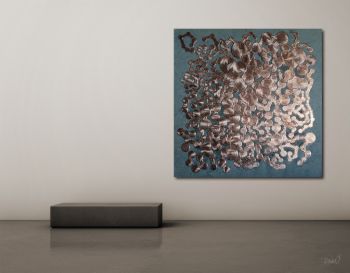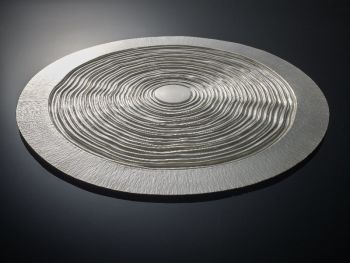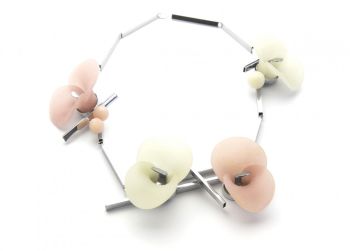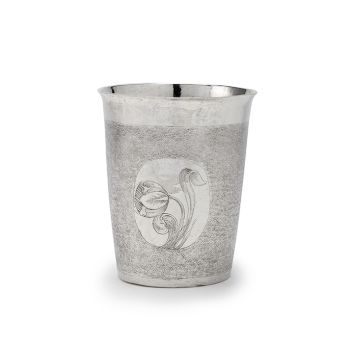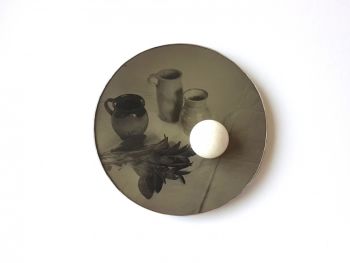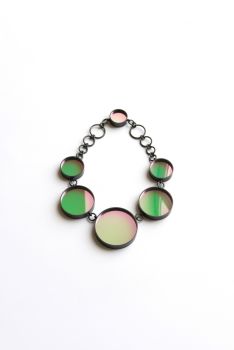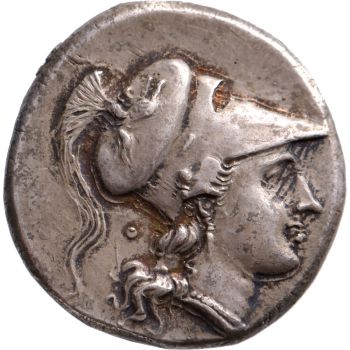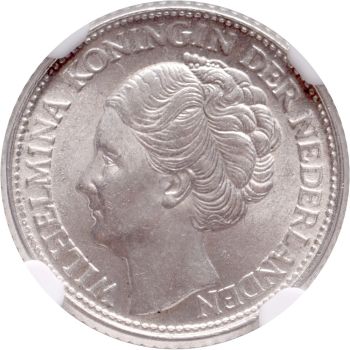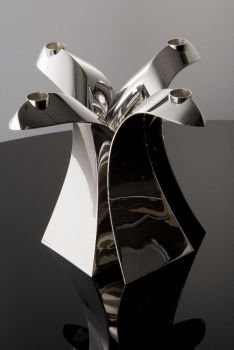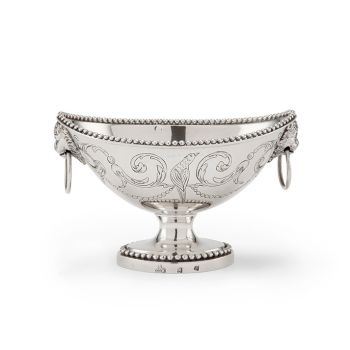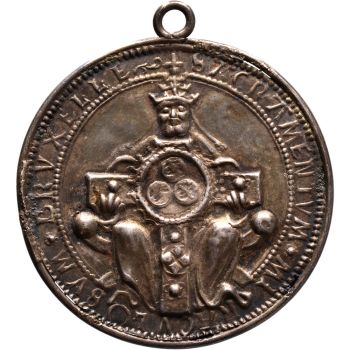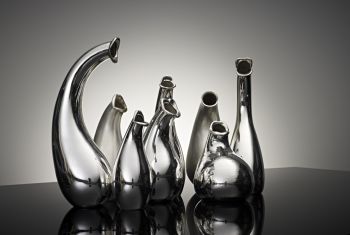Early Victorian Inkstand 1840
Artista Sconosciuto
guscio di tartarugaPerlaMadreperlaArgento
11 ⨯ 45 ⨯ 30 cm
Attualmente non disponibile tramite Gallerease
- A proposito di opere d'arteA very fine early Victorian inkstand with a refined decoration of mother of pearl and silver on a background of tortoise shell. The inkstand contains two crystal inkwells with lids that match the overall decoration. In-between the inkwells sits a lidded compartment to store spare nibs. At the front a narrow drawer in solid mahogany with a mother of pearl knob shaped like a flower.
Commonly these type of objects did not bear a signature or marking. In London, however, a father and son firm called Thomas & William Lund of Cornhill, was established in 1804, that was renowned for its tea caddies, inkstands, and jewelry boxes. Their objects were characterized by their refined finishing with silver, tortoise, and ivory accents. Also, a great number of similar objects originated from Birmingham, where companies manufactured goods with mother of pearl inlay on a tortoise shell base, that were delivered to stores in London. Three of these companies presented their products at the Great Exhibition of 1851; Richard Peters & Son, H. Chatwin, and John Hayden, which corroborates these assumptions. - A proposito di opere artista
Può succedere che un artista o un creatore sia sconosciuto.
Alcune opere non sono determinate da chi sono state realizzate o sono state realizzate da (un gruppo di) artigiani. Esempi sono statue dell'antichità, mobili, specchi o firme non chiare o leggibili ma anche alcune opere non sono affatto firmate.
Inoltre puoi trovare la seguente descrizione:
•"Attribuito a …." A loro avviso probabilmente opera dell'artista, almeno in parte
•“Studio di ….” o “Officina di” A loro avviso un'opera eseguita nello studio o nella bottega dell'artista, eventualmente sotto la sua supervisione
•“Cerchio di…” A loro avviso un'opera del periodo dell'artista che mostra la sua influenza, strettamente legata all'artista ma non necessariamente al suo allievo
•"Stile di..." o "Seguace di..." A loro avviso un'opera eseguita nello stile dell'artista ma non necessariamente da un allievo; può essere contemporaneo o quasi contemporaneo
•“Modalità di…” A loro avviso un'opera nello stile dell'artista ma di epoca successiva
•"Dopo …." A loro avviso una copia (di qualsiasi data) di un'opera dell'artista
•“Firmato…”, “Datato…” o “Iscritto” A loro avviso l'opera è stata firmata/datata/inscritta dall'artista. L'aggiunta di un punto interrogativo indica un elemento di dubbio
•"Con firma....", "Con data...", "Con iscrizione..." o “Riporta firma/data/iscrizione” a loro avviso la firma/data/iscrizione è stata aggiunta da qualcuno diverso dall'artista
Artwork details
Related artworks
Artista Sconosciuto
Een Gotische zuidelijke Nederlanden wandklok1580 - 1590
Prezzo su richiestaNico van den Assem restauratie
1 - 4 / 12- 1 - 4 / 24
Artista Sconosciuto
Japanese art deco lacquervase with Scarab beetle motif1920 - 1950
Prezzo su richiestaDille Art
Artista Sconosciuto
Two Centaurs, France or Italylate 18th
Prezzo su richiestaRobert Schreuder Antiquair
Samuel Dejong
Anatomia Blue Heritage, Hercules Open2017 - 2019
Prezzo su richiestaVilla del Arte Galleries
 A cura di
A cura diGallerease Magazine
1 - 4 / 24- 1 - 4 / 8
Artista Sconosciuto
Bicchiere d'argento olandese del XVII secolo1653 - 1677
Prezzo su richiestaJacob J. Roosjen SRI
Tilmanus Nicolaus Maastricht
Missale Romanum con fornimenti d'argento olandesi1788 - 1792
Prezzo su richiestaJacob J. Roosjen SRI
Jan Cornelis van Hemert
Cestino di dolci in argento olandese1799
Prezzo su richiestaJacob J. Roosjen SRI
1 - 4 / 24

